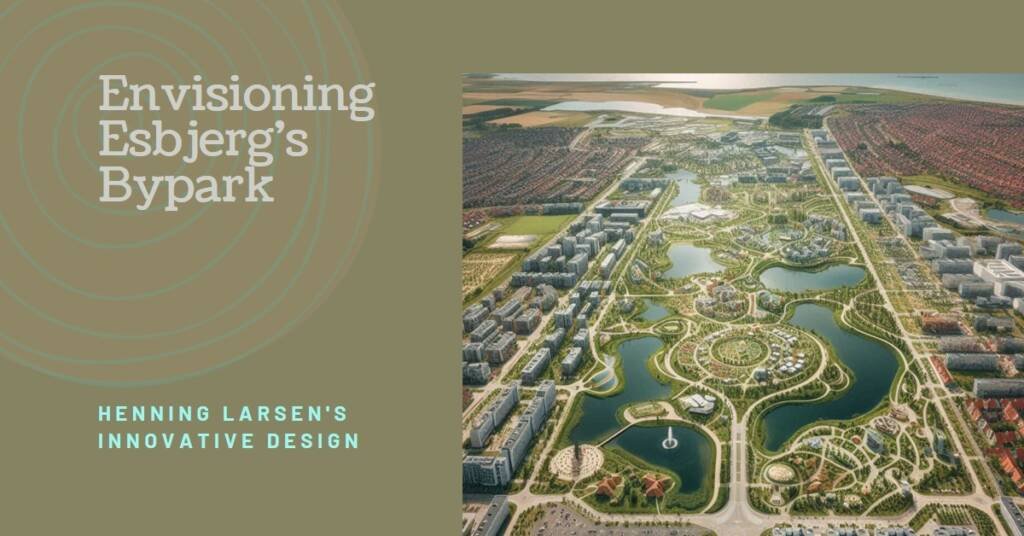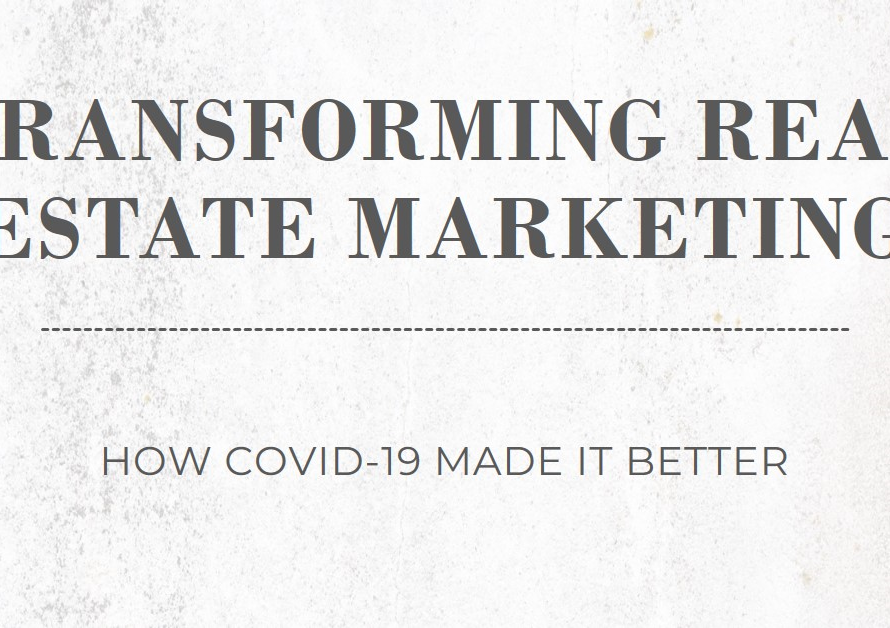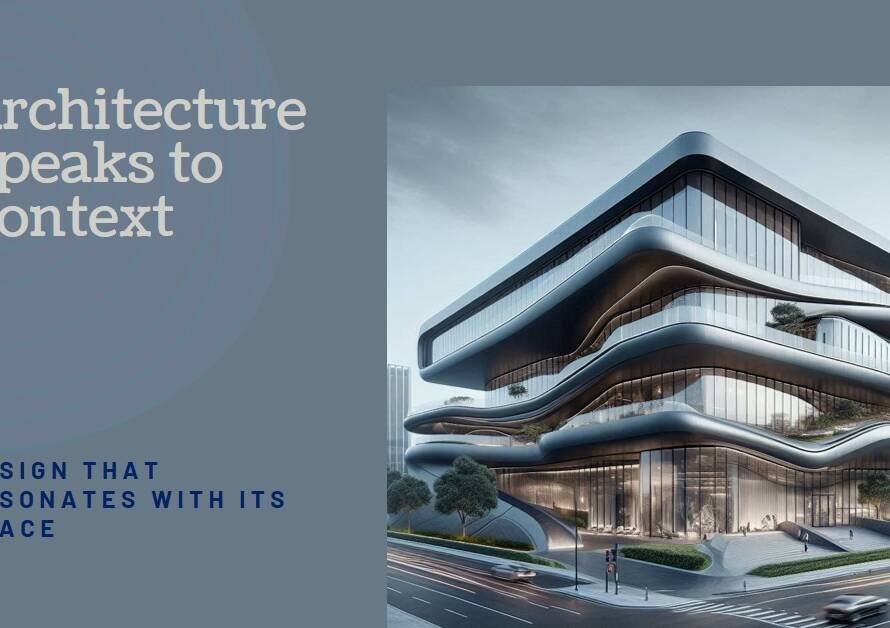
Table of Contents
- Introduction to Esbjerg Bypark
- Henning Larsen: Architectural Visionary
- Goals of the Esbjerg Bypark Project
- Design Elements of the Bypark
- Sustainability: The Heart of the Vision
- Community Involvement and Public Feedback
- Economic Impacts of the Bypark Development
- Anticipated Challenges and Solutions
- Conclusion: Envisioning the Future of Esbjerg Bypark
Introduction to Esbjerg Bypark
Esbjerg Bypark is an integral part of the city of Esbjerg, located on the western coast of Denmark. Established in the early 20th century, Bypark serves as a vital green space that not only enhances the urban landscape but also offers a sanctuary for residents and visitors alike. Spanning several hectares, the park is situated in proximity to the city center, making it easily accessible for those seeking respite from the hustle and bustle of urban life.
The historical context of Esbjerg Bypark dates back to the city’s development as a significant harbor town in Denmark. Originally envisioned as a site for leisure and relaxation, the park has evolved over the decades into a dynamic public space that hosts various events, community gatherings, and recreational activities. As Esbjerg continued to grow, the Bypark adapted to the changing needs of the populace, integrating natural landscapes with artistic installations and well-maintained pathways. This rich history enhances the park’s significance, as it symbolizes not only the community’s values but also its aspirations for sustainability and connectivity.
Today, Esbjerg Bypark stands as a testament to the city’s commitment to creating inviting public spaces. The park is currently undergoing development to further enhance its capabilities as an urban oasis. Observers note that this evolution aligns with the broader trend of cities worldwide prioritizing green spaces amidst urbanization. Henning Larsen’s vision for the Esbjerg Bypark reflects this ethos, incorporating principles that aim to harmoniously blend nature with urban infrastructure, offering a sustainable future for both the park and the community it serves. By understanding the park’s foundations, one can better appreciate the innovative design proposals set forth to reinvigorate this treasured asset of Esbjerg.
Henning Larsen: Architectural Visionary
Henning Larsen, a prominent figure in the field of architecture, is celebrated for his innovative approach to urban design, with a career spanning over six decades. Born in 1925 in the small town of Lunden, Denmark, he established his firm, Henning Larsen Architects, in 1959. Over the years, Larsen has been committed to creating spaces that harmonize with their environment while enhancing the quality of life for inhabitants. His belief that architecture should contribute positively to society has propelled him to the forefront of architectural excellence.
Larsen’s architectural philosophy is deeply rooted in the relationship between space and community. He emphasizes the importance of integrating natural elements into urban settings, advocating for designs that promote sustainability and accessibility. This ethos is evident in his myriad projects, ranging from educational institutions to cultural centers, each underscoring the need for thoughtful consideration of user experience and environmental impact. Notably, his design of the Danish Radio Concert House showcases his dedication to acoustics and aesthetic while blending seamlessly into the city’s fabric.
One of the cornerstone achievements of Henning Larsen is the iconic Harpa Concert Hall in Reykjavik, Iceland. This project not only demonstrates his mastery of light and form but also serves as a symbol of cultural resilience. It exemplifies how architecture can invigorate a community and reveal the potential of a shared space. His future-forward designs prioritize sustainability, seamlessly incorporating renewable resources, which has rightly positioned him as a pioneer in ecological architecture.
The vision for Esbjerg Bypark is a reflection of Henning Larsen’s commitment to creating sustainable urban oases. By applying his innovative methods and understanding of communal spaces, he proposes a design that will foster interaction, well-being, and environmental stewardship. His work continues to inspire future generations, marking him as a true architectural visionary whose contributions are shaping the cities of tomorrow.
Goals of the Esbjerg Bypark Project
The Esbjerg Bypark project embodies a visionary initiative aimed at reshaping urban life and community engagement within Esbjerg, Denmark. Aimed primarily at enhancing public spaces, this project seeks to create an inclusive environment that fosters social interaction and strengthens community ties. By prioritizing accessibility and aesthetic appeal, the park is designed to be a focal point for residents and visitors alike, promoting a sense of belonging while facilitating various recreational activities.
One of the fundamental goals of the Esbjerg Bypark initiative is to promote sustainability, reflecting a broader commitment to environmental stewardship. The project integrates principles of sustainable urban planning, with an emphasis on green spaces that enhance biodiversity. Native flora will be planted to create habitats conducive to local wildlife, thereby promoting ecological balance within the urban landscape. This approach not only enriches the biodiversity of Esbjerg but also serves to educate the community about the importance of environmental conservation.
Moreover, urban climate resilience is a critical objective of the Esbjerg Bypark. The design includes features that address climate change by mitigating urban heat, managing stormwater effectively, and utilizing renewable energy sources. These aspects ensure that the park is not only a space for leisure but also an active participant in enhancing the city’s capacity to withstand climate-related challenges.
Lastly, the Esbjerg Bypark aims to foster community engagement through a variety of participatory activities and programs. By involving residents in the planning process and in ongoing stewardship of the park, the initiative cultivates a sense of ownership and responsibility. This engagement is vital for the long-term success and sustainability of the urban oasis, ensuring that it remains a cherished space for generations to come.
Design Elements of the Bypark
Henning Larsen’s vision for Denmark’s Esbjerg Bypark emphasizes a harmonious blend of nature and urban living through innovative design elements. A critical aspect of the Bypark is its extensive landscaping, which prioritizes native flora to promote biodiversity and sustainability. This landscaping not only beautifies the space but also creates habitats for various species, enhancing the ecological value of the urban area. By incorporating green roofs and vertical gardens, the design reinforces the principles of green architecture, allowing buildings to converge seamlessly with their surrounding environment.
Moreover, the Bypark features a network of walkways that encourages pedestrian movement while minimizing vehicular traffic. These walking paths are designed with accessibility in mind, accommodating individuals of all ages and abilities, thus fostering a sense of community connectivity. The use of permeable materials for walkways also aligns with sustainable practices, allowing rainwater to enter the ground and reduce urban runoff. Such careful consideration of the park’s infrastructure showcases a commitment to environmental stewardship.
Water features play a pivotal role in Henning Larsen’s design for the Bypark, including ponds and fountains that not only enhance the aesthetic appeal but also contribute to climate resilience. These water systems are instrumental in cooling the urban heat, regulating local microclimates, and supporting local ecosystems. The thoughtful integration of these features thus revitalizes the urban landscape and promotes tranquility amidst the urban hustle.
Through these design elements—landscaping, walkways, and thoughtful water features—the Bypark embodies a sustainable urban oasis where nature and community converge harmoniously. Henning Larsen’s vision for Esbjerg Bypark is not merely about creating a park; it is about redefining the relationship between urban spaces and their natural counterparts.
Sustainability: The Heart of the Vision
At the core of Henning Larsen’s vision for Esbjerg Bypark lies a robust commitment to sustainability, which manifests through a range of innovative practices and materials designed to enhance urban living while prioritizing environmental stewardship. The project seeks to redefine urban landscapes by integrating energy efficiency, ecological balance, and sustainable water management into its design, establishing Bypark as a model for future city developments.
Energy efficiency is a fundamental principle guiding the Bypark project. By opting for renewable energy sources such as solar panels and wind turbines, the development aims to minimize its carbon footprint. Smart building technologies will further optimize energy use, ensuring that all facilities operate with maximum efficiency. These measures not only reduce greenhouse gas emissions but also promote a healthier and more sustainable urban environment for residents and visitors alike.
Equally important is the ecological balance that Henning Larsen aspires to achieve in Bypark. By incorporating native plant species and creating biodiverse habitats, the project will enhance local ecosystems while providing essential green spaces for community interaction. These areas can act as urban lungs, improving air quality and offering opportunities for recreation and relaxation amidst nature. Moreover, thoughtful landscape design will encourage wildlife habitats and contribute to the overall biodiversity of the region.
Water management is another critical element woven into the fabric of the Bypark’s sustainable approach. Implementing permeable surfaces and green roofs will facilitate natural water filtration and airborne moisture retention, reducing reliance on traditional drainage systems. The use of sustainable drainage solutions will mitigate flood risks, ultimately fostering an adaptive and resilient urban landscape that responds dynamically to climate challenges.
In summary, the sustainable practices and materials integrated into Henning Larsen’s Bypark project reflect a comprehensive commitment to creating a thriving urban oasis that not only prioritizes the well-being of its inhabitants but also respects and nurtures the environment. Through a balanced approach to energy consumption, ecological integrity, and water management, Bypark represents a visionary leap towards sustainable city living.
Community Involvement and Public Feedback
The development of Esbjerg Bypark under Henning Larsen’s design emphasizes the critical role of community involvement and public feedback in shaping urban spaces. As urban parks serve not only as recreational areas but also as communal hubs, engaging the local population in the planning process is essential for creating a successful environment. The park’s design process will incorporate diverse methods to gather insights and opinions from residents.
One effective method for soliciting public feedback is through community workshops. These interactive sessions enable residents to share their thoughts, preferences, and concerns regarding the park’s layout and features. Workshops can also facilitate brainstorming sessions, allowing participants to envision how the park can best serve their collective needs. By fostering an open dialogue, community members can directly contribute to the creation of a park that reflects their hopes and aspirations.
Another strategy involves the collaboration with local organizations, such as non-profits, educational institutions, and neighborhood associations. These partnerships can help ensure that the park’s design integrates diverse perspectives and meets the varied interests of Esbjerg’s residents. Involving such organizations not only broadens input but also aids in mobilizing community support throughout the process. Furthermore, these collaborations can enhance outreach efforts, allowing for a more comprehensive gathering of public feedback.
Surveys and questionnaires can be employed to complement workshops, allowing residents who may not attend in-person sessions to share their views. Digital platforms, including social media and dedicated project websites, can facilitate wider engagement, reaching a larger audience. Ultimately, the integration of community involvement and public feedback into the design of Esbjerg Bypark is a testament to the commitment to creating an urban oasis that resonates with and enriches the lives of the residents it serves.
Economic Impacts of the Bypark Development
The development of Esbjerg’s Bypark holds substantial potential for economic impacts on the local community. One of the immediate effects of enhanced green spaces is the increase in property values in proximity to the park. Research consistently demonstrates that well-maintained parks and recreational areas lead to higher demand for residential and commercial properties nearby. As Bypark transforms into a vibrant urban oasis, it is expected to attract families and businesses alike, ultimately enhancing the appeal of Esbjerg as a desirable place to live and work.
In addition to uplifting property values, the Bypark is poised to become a significant drawing factor for tourism in the region. Green spaces provide an attractive environment for both local and international visitors seeking leisure and recreational activities. With features such as walking paths, picnic areas, and possibly art installations, Bypark can position itself as a central hub for cultural and social events. The influx of tourists will not only bolster local businesses, such as cafés, restaurants, and shops, but also create opportunities for new entrepreneurial ventures tailored to this growing audience.
Moreover, the park’s development can stimulate job creation within Esbjerg. Construction activities will require labor, while the park’s long-term maintenance and event programming will necessitate ongoing employment opportunities. Local governments can foster economic development by investing in training programs that equip residents with the necessary skills for employment in emerging sectors, particularly those linked to sustainability and eco-friendly practices.
Ultimately, the Esbjerg Bypark represents more than just an enhancement of the urban landscape; it embodies an opportunity for economic revitalization. By increasing property values, attracting tourists, and generating employment, the Bypark is likely to become an invaluable asset for Esbjerg’s broader economic growth and resilience.
Anticipated Challenges and Solutions
The development of Denmark’s Esbjerg Bypark, envisioned by Henning Larsen, is ambitious and holds the potential to become a sustainable urban oasis. However, like any major urban development project, it faces several anticipated challenges. These challenges encompass funding, maintenance, and environmental considerations, each requiring strategic solutions to ensure the project’s success.
A primary challenge is securing adequate funding. Given the scale of the Bypark project, substantial financial resources are necessary for its realization. One solution could involve diverse funding sources, including public-private partnerships. By collaborating with private investors, local businesses, and government entities, a multifaceted financial framework can increase the likelihood of attracting necessary investment. Furthermore, leveraging grant opportunities and sustainability-focused funds could provide additional financial support, enhancing the project’s viability.
Maintenance is another critical aspect that poses challenges post-development. Ensuring that the Bypark remains a vibrant and well-functioning space requires ongoing resources and management strategies. A viable solution involves establishing a stewardship organization responsible for the maintenance and programming of the park. This group could consist of local volunteers, residents, and stakeholders who share an interest in the park’s upkeep. Additionally, adopting smart technology solutions, such as IoT sensors for monitoring park conditions, can streamline maintenance efforts and improve responsiveness to issues that may arise.
Environmental considerations are also paramount. The development must address potential impacts on local ecosystems and biodiversity. Integrating green infrastructure, such as bio-swales and permeable surfaces, can mitigate the adverse effects of urbanization while also enhancing stormwater management. Additionally, employing native plant species can support local wildlife and decrease water usage. By strategically developing solutions that prioritize environmental integrity, the Esbjerg Bypark can evolve into a model of sustainable urban design.


Conclusion: Envisioning the Future of Esbjerg Bypark
In summary, Henning Larsen’s vision for Esbjerg Bypark represents a remarkable stride towards creating a sustainable urban oasis that serves the community’s diverse needs. By emphasizing the principles of sustainability and innovative design, this project aspires to transform the Bypark into a vibrant hub fostering social interaction and environmental stewardship. The integration of green spaces, recreational areas, and public amenities offers residents and visitors an enriching experience that promotes well-being and connectivity.
Throughout this blog post, we have highlighted the various facets of the Bypark project, detailing Henning Larsen’s commitment to ecological principles and the incorporation of natural elements. As urbanization continues to challenge cities worldwide, initiatives like Esbjerg Bypark illuminate the path forward, demonstrating the potential for urban spaces to harmonize with nature while enhancing quality of life. By prioritizing sustainability, this urban development not only addresses immediate needs but also cultivates a thriving environment for future generations.
As we look towards the future of Esbjerg Bypark, it is critical to acknowledge the collaborative efforts required among stakeholders, including local government, residents, and environmental advocates. Such collaboration will ensure the realization of this vision and the long-term success of the Bypark as a sustainable community space. By investing in these transformative urban landscapes, we can aspire to build cities that respect our natural surroundings and improve the urban living experience. Ultimately, the Esbjerg Bypark serves as an exemplary model for future urban developments, merging architectural ingenuity with ecological mindfulness to foster a sustainable future.



